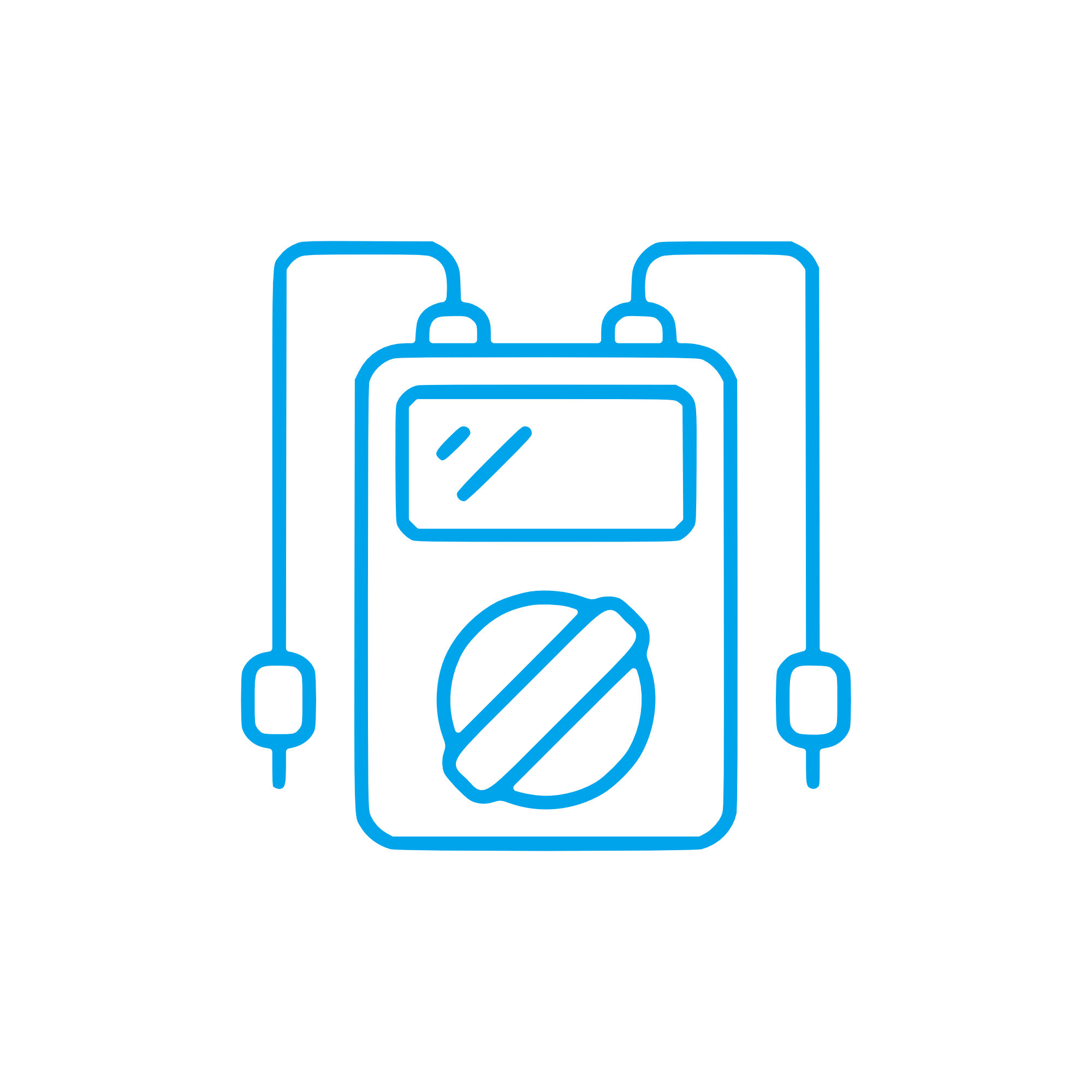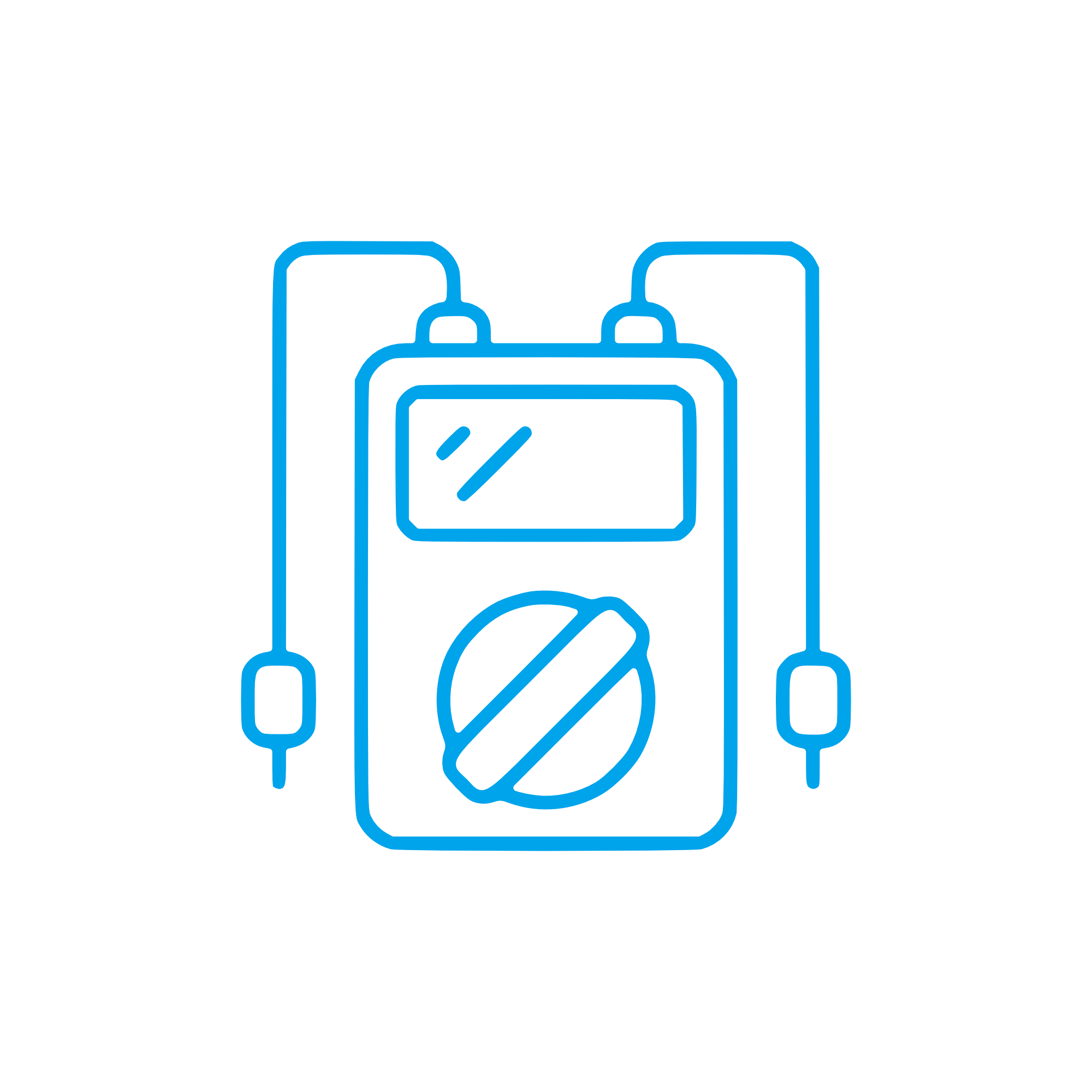TEMPERATURE SENSOR gauges and sensors for high-performance engines
Gauges and sensors are the eyes and ears of an engine. As an article category, they encompass measurement devices and transducers that capture temperature, pressure, level, speed, vibration and more, then convert these values into readable data for control systems and displays. In marine propulsion, power generation, and industrial applications, these components provide the continuous feedback needed to protect assets, optimize combustion, and keep fleets on schedule. Within this family, the TEMPERATURE SENSOR is central: it tracks thermal conditions in coolant, lubricating oil, charge air, exhaust gas, and cylinder heads, ensuring safe operation and efficient performance.
From bridge panels to engine room PLCs, gauges and sensors translate real-world conditions into actionable information. Modern diesel and gas engines rely on these inputs to regulate fueling, timing, emissions aftertreatment, cooling circuits and safety shutdowns. Without precise, reliable sensing and clear indication, even the best machinery cannot operate at its design point.
Technical function of gauges and sensors with a focus on the TEMPERATURE SENSOR
A TEMPERATURE SENSOR for marine engine and a TEMPERATURE SENSOR for diesel engine typically uses an NTC thermistor, RTD element (such as PT100/PT1000), thermocouple, or semiconductor device to track heat. As temperature changes, the sensor’s resistance or voltage output shifts in a defined curve. Engine control units (ECUs) or monitoring systems read this signal—commonly as 4–20 mA, 0–5 V/0–10 V, frequency, or digital CAN (J1939)—and act accordingly. For example:
Coolant temperature informs fan control, thermostat management, and load derating to prevent overheating. Oil temperature supports viscosity control, bearing protection, and warm-up strategies. Charge-air temperature guides turbocharger and intercooler effectiveness assessment, helping prevent knock in gas engines. Exhaust gas temperature enables turbo protection and aftertreatment control. Bridge or local gauges display these values for operators, while alarm thresholds trigger alerts or shutdowns if limits are exceeded.
Accuracy, response time, vibration resistance, and sealing are essential. A quality TEMPERATURE SENSOR OEM parts package will be engineered for thermal shock, high vibration at low and high frequencies, electrical noise immunity, and compatibility with engine harness connectors and threads (e.g., NPT, BSP, M14/M16 metric). Calibration curves are matched to ECU maps, ensuring that displayed and logged temperatures reflect reality—critical for trending and predictive maintenance.
Key characteristics and advantages of gauges and sensors
· Real-time, precise measurements for control and protection
· Robust construction for heat, vibration, and corrosive environments
· Fast response for dynamic thermal events and load steps
· Compatible signal interfaces: 4–20 mA, voltage, PWM, CAN J1939
· Matched calibration curves for ECU accuracy and alarms
· Secure sealing and materials for marine and industrial duty
· Clear operator feedback via analog or digital gauges
· Supports diagnostics, trend analysis, and condition-based maintenance
Why gauges and sensors are critical for reliability and service life
Engines fail when operating conditions drift outside safe limits. Accurate gauges and sensors prevent this by capturing early deviations. If a temperature element drifts or fails, several risks arise: undetected coolant hot spots can warp cylinder heads or crack liners; excessive oil temperature accelerates oxidation, coking, and bearing wear; high EGT can damage turbochargers and manifolds; inaccurate charge-air temperature undermines combustion control and increases fuel consumption. In gas engines, temperature imbalance can reduce knock margin, leading to detonation and costly downtime.
Beyond acute failures, subtle sensor drift causes chronic inefficiency—over-cooling raises fuel use, under-cooling shortens component life, and misreported temperatures lead to poor aftertreatment performance. Reliable gauges ensure operators see accurate, stable readings; reliable sensors ensure the ECU makes correct control decisions, safeguarding both performance and asset life.
Advantages of OEM spare parts suitable for gauges and sensors
Selecting OEM spare parts suitable for gauges and sensors protects performance and budget over the full lifecycle. Thermal elements, housings, connectors, and sealing systems are engineered as a system, and calibration tables are tailored to the engine controller. The result is predictable behavior from installation to overhaul.
TEMPERATURE SENSOR and OEM parts: performance, reliability, budget, service life
· Consistent accuracy: The correct sensing element and curve ensure the ECU interprets temperature precisely, stabilizing fueling, timing, and protections.
· Superior fit and interface: Threads, immersion depths, and connector pinouts match the harness and instrumentation without adapters.
· Robust materials: Probes, o-rings, and potting compounds are chosen for hot oil, coolant additives, salt-laden atmospheres, and thermal shock.
· EMC resilience: Proper shielding and grounding minimize noise-induced errors on long engine-room cable runs.
· Reduced downtime: Drop-in replacement shortens service windows and eliminates repeat troubleshooting.
· Lower total cost: Accurate sensing prevents secondary damage, improves fuel efficiency, and extends overhaul intervals.
MOPA as your partner for OEM spare parts gauges and sensors
MOPA supplies OEM spare parts for TEMPERATURE SENSOR, pressure senders, level switches, tachometers, and indicator gauges used in diesel and gas engines across marine and power applications. Purchasers and technical decision-makers rely on MOPA for speed, quality, and security in the trade of OEM parts. From rapid quotation and cross-referencing to global logistics and documentation, MOPA streamlines procurement and reduces downtime.
Our team supports TEMPERATURE SENSOR selection by measurement range, element type, process connection, and signal interface, ensuring compatibility with your ECU and panel instrumentation. With stock availability and kitted solutions for overhaul events, MOPA helps shipowners and operators maintain fleet readiness and compliance with engine protection strategies.
Conclusion: the case for reliable gauges and sensors
Gauges and sensors—especially the TEMPERATURE SENSOR—are fundamental to safe, efficient engine operation. Accurate thermal monitoring protects critical components, optimizes combustion, and enables informed decisions at sea and on land. Choosing OEM spare parts suitable for gauges and sensors delivers the precision, durability, and lifecycle economy that modern diesel and gas engines demand.



